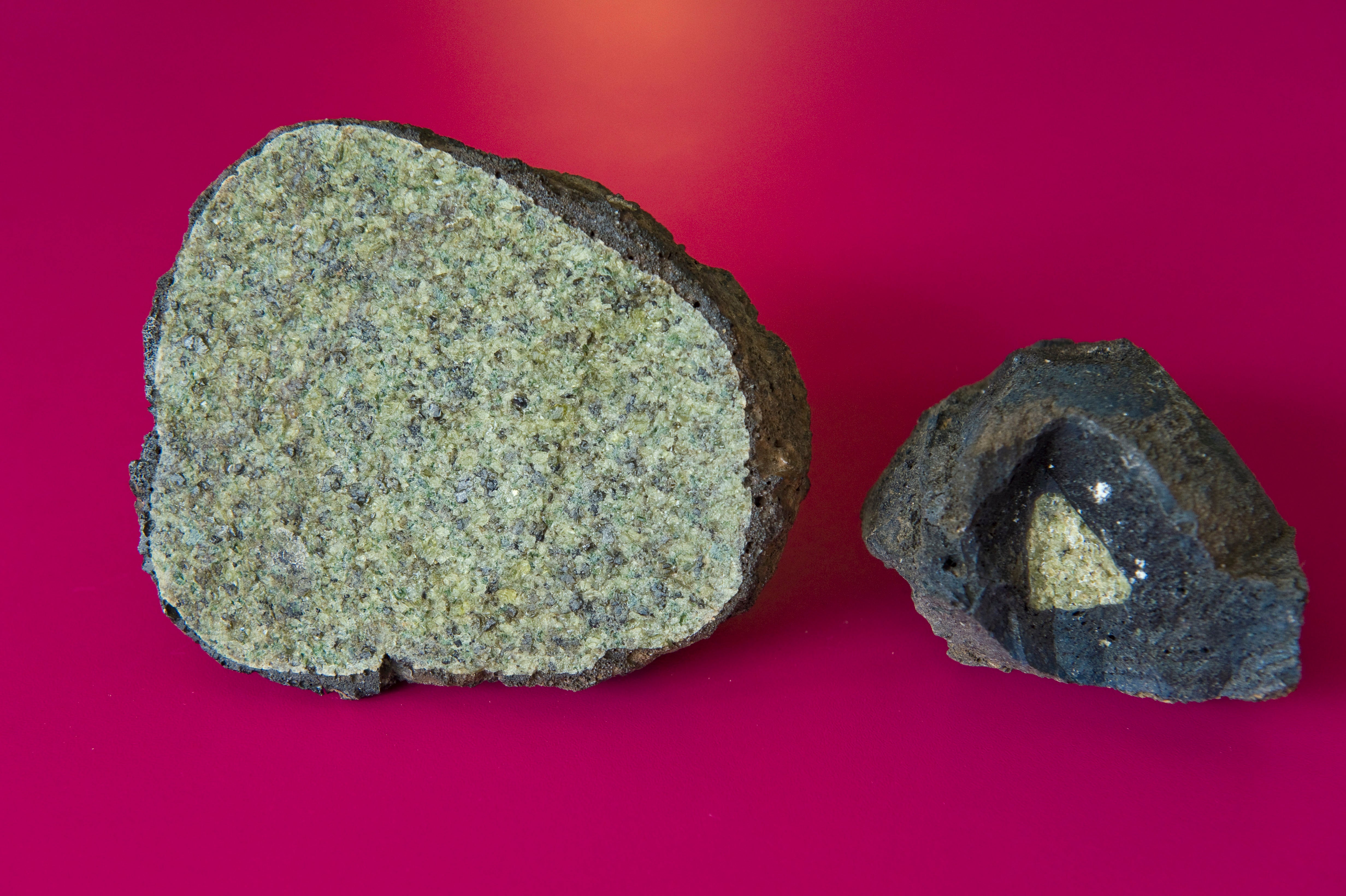The Independent's journalism is supported by our readers. When you purchase through links on our site, we may earn commission.
Chunks of Earth’s mantle found exposed in Maryland
Findings may shed more light on formation of Appalachian mountains

Scientists have discovered a chunk of rocks from the Earth’s mantle on the outskirts of Baltimore, Maryland, likely shedding light on the formation of parts of the Appalachian Mountains, one of the oldest ranges in the world.
According to the scientists, including those from the National Museum of Natural History in the US, these chunks of mantle rocks, called ophiolites, were likely part of the seafloor of the now-vanished Iapetus Ocean which spanned about 5,000 to 8,000km and cut through the US eastern seaboard.
The study, published in the journal Geosphere, noted that close to half a billion years ago the land where the Appalachian mountains now stand was on one side of the Iapetus Ocean, and parts of the current-day US East Coast were on the other end.
Since these mantle rocks form deep underground at extremely high temperatures and pressures, their minerals are not stable near the Earth’s surface, where they tend to undergo chemical change frequently, making them difficult to study.
In the study, the geologists used state-of-the-art chemical analysis methods to assess 19 samples of these rocks from five different locations in Baltimore.
The findings revealed clues about a previously unknown ancient subduction zone – a point where two tectonic plates collide leading to one sliding underneath the other and curving down into the mantle.
Based on the analysis, the scientists now believe about 500 million years ago, the Iapetus Ocean may have begun to shrink due to a newborn subduction zone off the coast of the ancient continent Laurentia that was home to most of current-day North America.
This collision of tectonic plates likely warped the planet’s surface and submerged parts of the ocean, while also raising the Appalachian mountains, the study noted.
According to the scientists, this violent shift may have ripped up chunks of the ocean floor and strewn them across Baltimore.
While geologists have long suspected this origin story for the rocks, the current study offers the first chemical basis to back the theory.
The research also sheds light on how older ophiolites may reveal insights about continent-formation and other ancient geological processes.
“It was really nice to see a paper come out to provide some geochemical evidence for what we’ve been assuming all along,” Richard Walker, a geochemist at the University of Maryland who was not part of the study team, told National Geographic.
However, the scientists call for future studies to ascertain if all the discovered mantle rocks in Baltimore have the same origin story.
They are also hopeful that further analysis of such rocks may offer clues about the formation of new subduction zones – a process that still puzzles geologists – and may even help understand the fate of the Atlantic Ocean.
“It will happen to the Atlantic as it did to the Iapetus. It’s this long-term dance of the continental fragments, which remain at the Earth’s surface,” study co-authorDaniel Viete from Johns Hopkins University in Baltimore added.
Join our commenting forum
Join thought-provoking conversations, follow other Independent readers and see their replies
Comments
Bookmark popover
Removed from bookmarks